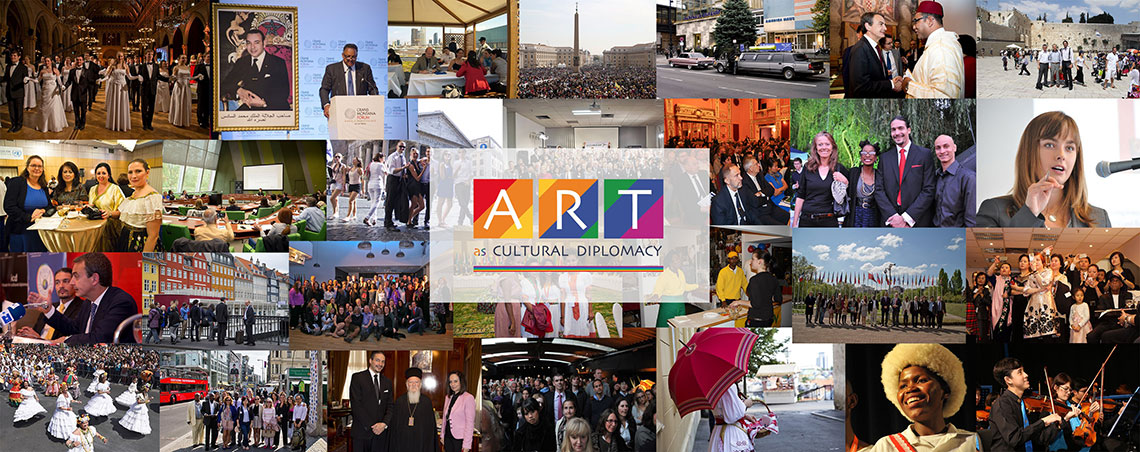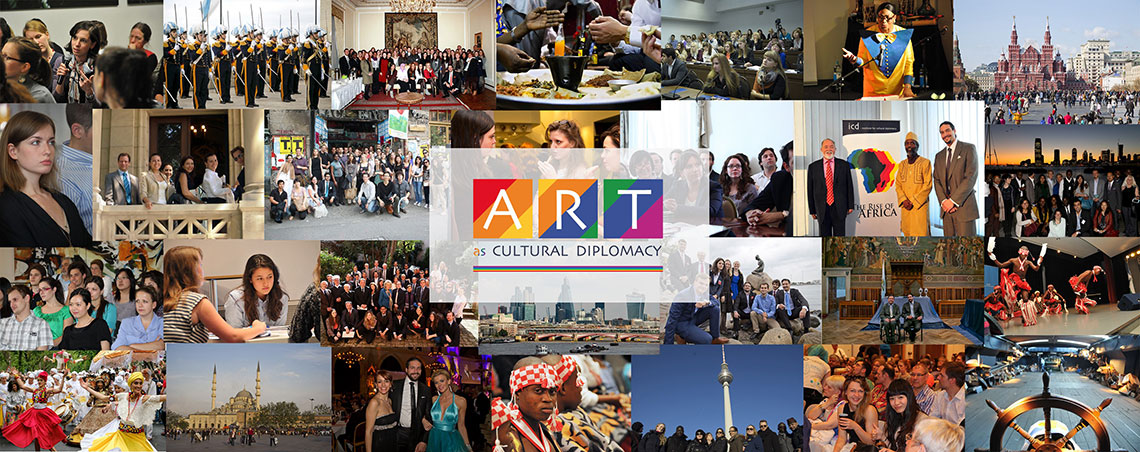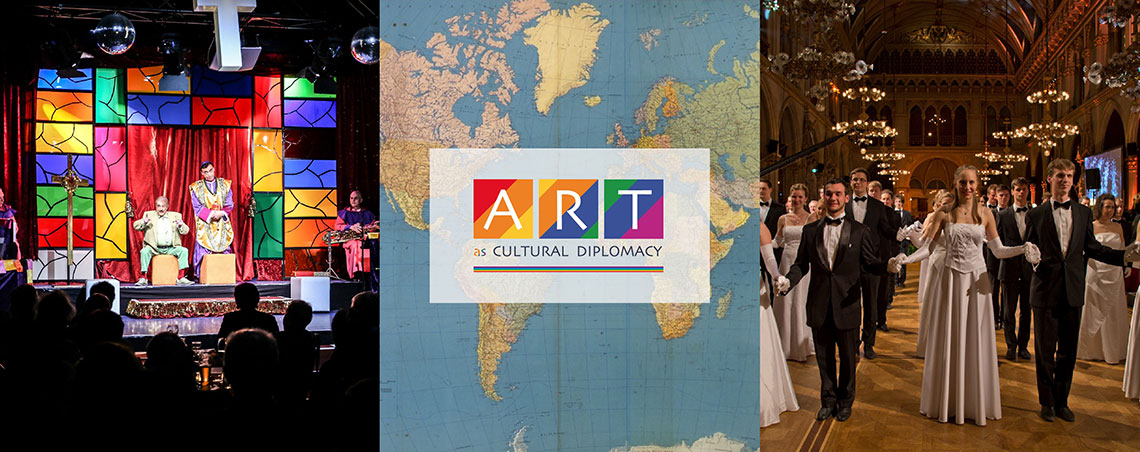Floodwall: Art Exhibition of Jana Napoli in Berlin
”Drawers Speak - New Orleans Five Years Later”
(Berlin; September 10th - October 15th, 2010)
New Orleans: A background
In the Eighteenth Century
The city of New Orleans was founded in 1718 by the French Mississippi Company, which named it after the French Regent of the period, Philippe d'Orleans. The French colony came under Spanish control for a brief spell dating from the 1763 Treaty of Paris until 1801. Much of the famed Vieux Carre architecture can be traced back to this period.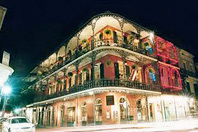 |
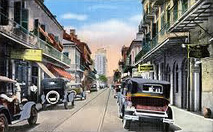 |
 |
Napoleon sold New Orleans territory to the United States in the Louisiana purchase of 1803, thus severing ties to the Old World. However, continued immigration from Germany, the Americas, Ireland, and France replenished the population and ensured a flourishing cultural mix. Sugar and cotton was produced in nearby plantations reliant on slaves, guaranteeing a degree of prosperity for the region.
In the Nineteenth Century
The Haitian Revolution of 1804 brought about the creation of the first black republic in the Western hemisphere. For New Orleans, this meant a greater French-speaking population as many seeking change settled here, escaping the Caribbean island. Today, the Boston Globe has named it the 'Northernmost Caribbean City,' alluding to its past and cultural affinity with the islands.A British attempt to seize power was stalled in 1815 at the Battle of New Orleans. The city played a key role in the Atlantic slave trade, given its position as a principal port. Nevertheless, a large and prosperous community of free persons co-existed with the slave trade, with a blossoming educated middle class. The Mississippi river served to distribute all the commodities passing through New Orleans so that in 1840 the city was the wealthiest and third most populous in the nation. Meanwhile, its early capture in the American Civil War meant that it was spared the destruction wrought on other southern cities.
By the 1850s, French instruction in schools had been forbidden by the Union, much to the despair of the Creole elite. By the end of the nineteenth century, there had been a dramatic reduction in French usage across the city. The French religious legacy shows little sign of abating: though neighboring cities belong to the Protestant Bible belt, New Orleans retains its Catholic identity.
New Orleans has long harbored historic figures: in 1872 P.B.S. Pinchback became the first non-white governor of a US state, a feat not to be repeated for another century.
In the Twentieth Century
Soon after, burgeoning industrialization stripped New Orleans of its economic position as the Mid-West sped ahead with manufacturing. The nature of the fast-evolving US economy complicated growth in the city; its role in the south was increasingly jeopardized by new manufacturing powerhouses in the Sun Belt. At the same time, the city was christened 'The Big Easy,' as musicians found opportunities with ease, meaning cultural richness found its home while big industry moved elsewhere. Notable residents or natives include literary giants such as Tennessee Williams, Truman Capote and William Faulkner, and jazz heroes Louis Armstrong and Noah Howard.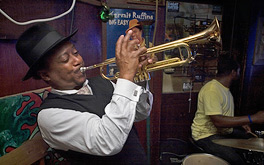 |
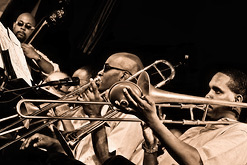 |
New Orleans again attracted attention as a central focus of the civil rights struggle, with arguably the most significant twentieth century development being the enfranchisement of the black population and the desegregation of the schooling system. Despite apparent legal equality between ethnic groups at the end of the 1960s, the gap in attainment and income stubbornly persists even today.
It was during the twentieth century that tourism became pivotal to the city's economic success. However, warning signs of the city's vulnerability and susceptibility to storms began to surface: in 1965 Hurricane Betsy killed dozens of residents. On several occasions, flooding threatened livelihoods, though nobody could fully anticipate the impact of Katrina.
New Orleans in the Twenty-First Century - Hurricane Katrina
Hurricane Katrina was the costliest hurricane in United States history, with its fatalities elevating it into the top five deadly storms to have hit US territory. At least 1,836 people lost their lives in the 2005 hurricane and subsequent floods, with untold subsequent damage to livelihoods and property. Total property damage was estimated at $81 billion in 2005. Neighboring states also suffered losses, notably Mississippi with 238 dead.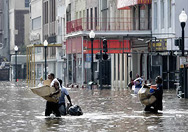 |
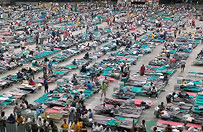 |
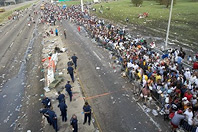 |
Hurricane Katrina formed over the Bahamas on August 23, 2005, crossing southern Florida as a moderate Category 1 hurricane, causing some deaths and flooding there before strengthening rapidly in the Gulf of Mexico. Its second landfall was as a Category 3 storm on the morning of Monday, August 29 in southeast Louisiana. It wrought severe destruction along the Florida coastline. The tragic loss of life suffered in New Orleans, Louisiana, can be principally attributed to the gross failure of the levee system, which collapsed as the hurricane moved inland. Eighty percent of the city was flooded, with floodwaters lingering for weeks, carrying disease and further contamination. The worst property damage occurred in coastal areas including Mississippi beachfront towns, which were flooded over 90% in hours, with waters reaching 10–19 km from the beach. Boats and cargo ships docked along the coast were rammed further inland, flattening houses and destroying all in its wake.
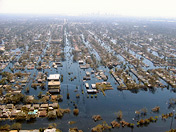 |
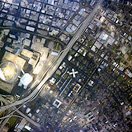 |
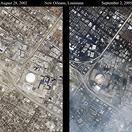 |
The devastating failures in protecting the city of New Orleans prompted a lawsuit against the US Army Corps of Engineers (USACE) - the builders of the levee system according to the Flood Control Act of 1965. The Army Corps firmly received the blame and responsibility for the damage in January 2008, though the federal agency could not be held financially liable due to sovereign immunity granted in the Flood Control Act of 1928. An investigation of the responses from federal, state and local governments, resulted in the resignation of Federal Emergency Management Agency (FEMA) director Michael D. Brown, and of New Orleans Police Department (NOPD) Superintendent Eddie Compass. Conversely, the United States Coast Guard (USCG), National Hurricane Center (NHC) and National Weather Service (NWS) were widely applauded for their actions and accurate forecasts.
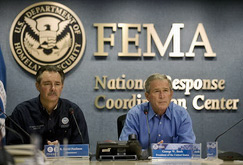 |
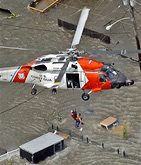 |
Thousands of displaced residents in Mississippi and Louisiana still live in temporary accommodation five years after chaos struck. Reconstruction of each section of the southern portion of Louisiana is being addressed in the Army Corps LACPR Final Technical Report, identifying areas not to be rebuilt and areas and buildings that need to be elevated.
The Aftermath of Hurricane Katrina
In New Orleans, the deadliest aspect of the storm was the storm surge, which led to 53 breaches in the federally built levee system, which had been put in place to protect metro New Orleans. The water that tore through the breaches flooded approximately 80% of the city. This water rose to the rooftops of the poorest neighborhoods, while the hurricane's howling winds stripped buildings apart.
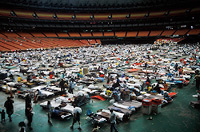 |
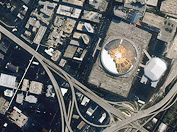 |
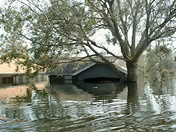 |
On a human level, Katrina redistributed over one million refugees from the central Gulf coast to elsewhere in the United States. Though many have returned, five years later thousands of displaced residents are still living in temporary accommodation. Crime was also rampant in post-Katrina New Orleans. Looting, in many cases a result of the desperation of people who had no other way of finding food or water, was rife. The crime rate did not only increase in New Orleans, but also in cities that took in large numbers of refugees such as Houston. Federal disaster declarations covered 90,000 square miles, and an estimated three million people were left without access to electricity.
Economically, Katrina was equally devastating. The Bush Administration requested a minimum of $105 billion for repairs and reconstruction in the region, and it is estimated that the total economic impact in Louisiana and Mississippi may exceed $150 billion. Hundreds of thousands of residents were left unemployed, and the forestry and agricultural industries in the area were heavily affected. One of the most damaging economic affects was the destruction of 30 oil platforms and the closure of 9 refineries in the Gulf of Mexico. This was not only a blow to the economy, but also to the environment, as resulting oil spills from 44 facilities in the Gulf led to over 7 million US gallons of oil leaking in to the sea.
 |
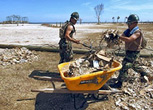 |
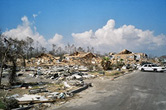 |
 |
The damage resulting from Hurricane Katrina proved unfathomable. Millions have been affected, and the region's economy and environment received a powerful beating. The reconstruction of the city has been a long, expensive, and painful process that still continues today.
Recovery from Katrina and the current situation
As of March 2007, the city's population is approximately 60% of what it was before Katrina struck, a new total of 274 000. Areas that suffered no flooding have in some cases exceeded their pre-Katrina population, showing renewed energy and vigor in the city and hope for its future. The 2006/07 season welcomed back college football fixtures, signaling a return to normality.BP's disastrous oil spill in the Gulf of Mexico has created a further recovery issue in the region. The spill, though now finally contained, has seriously damaged two of the most significant contributors to the southeastern Louisiana economy: oil and fishing. It is unclear what the long-term impact may be. Unfortunately, this year's hurricane season promises to be active according to leading US meteorologists. Several days after Hurricane Alex made landfall earlier this year, tarballs started turning up in Lake Pontchartrain, which flanks the northern side of New Orleans.
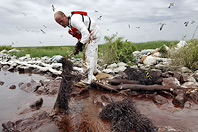 |
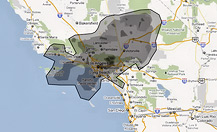 |
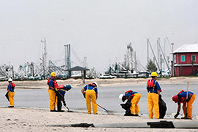 |
Interestingly a thick slick of oil on the sea could potentially limit a hurricane by acting as a shield—preventing water from evaporating into the storm. Piers Chapman, an oceanographer at Texas A&M University discusses the possibility of strong winds scattering the oil, hastening its evaporation. That means little, sadly, given the scale of the environmental catastrophe. BP is still working on drilling two relief wells to siphon off the oil that is still gushing out.
On more positive notes, the famed New Orleans festivals were never cancelled: Mardi Gras and the Jazz and Heritage festival continued to stand their ground, despite the catastrophic effects unleashed by the storm. In 2007 a new festival was added to the repertoire: 'Running of the Bulls New Orleans!' Tourism continues to support the city, with over 31 000 rooms offered in over 140 hotel establishments in May 2007. The city continues to open its arms to an average of ten million visitors annually.
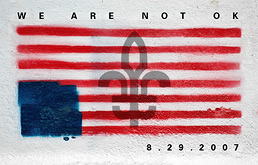 |
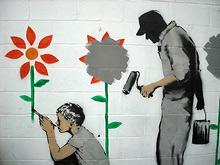 |
A 2009 Travel + Leisure poll of "America's Favorite Cities" ranked New Orleans top in ten categories, a feat matched by no other city in the USA. According to the poll, New Orleans ranks top for a spring break destination and for "wild weekends," stylish boutique hotels, cocktail hours, singles/bar scenes, live music/concerts and bands, antique and vintage shops, cafés/coffee bars, neighborhood restaurants, and people-watching.



